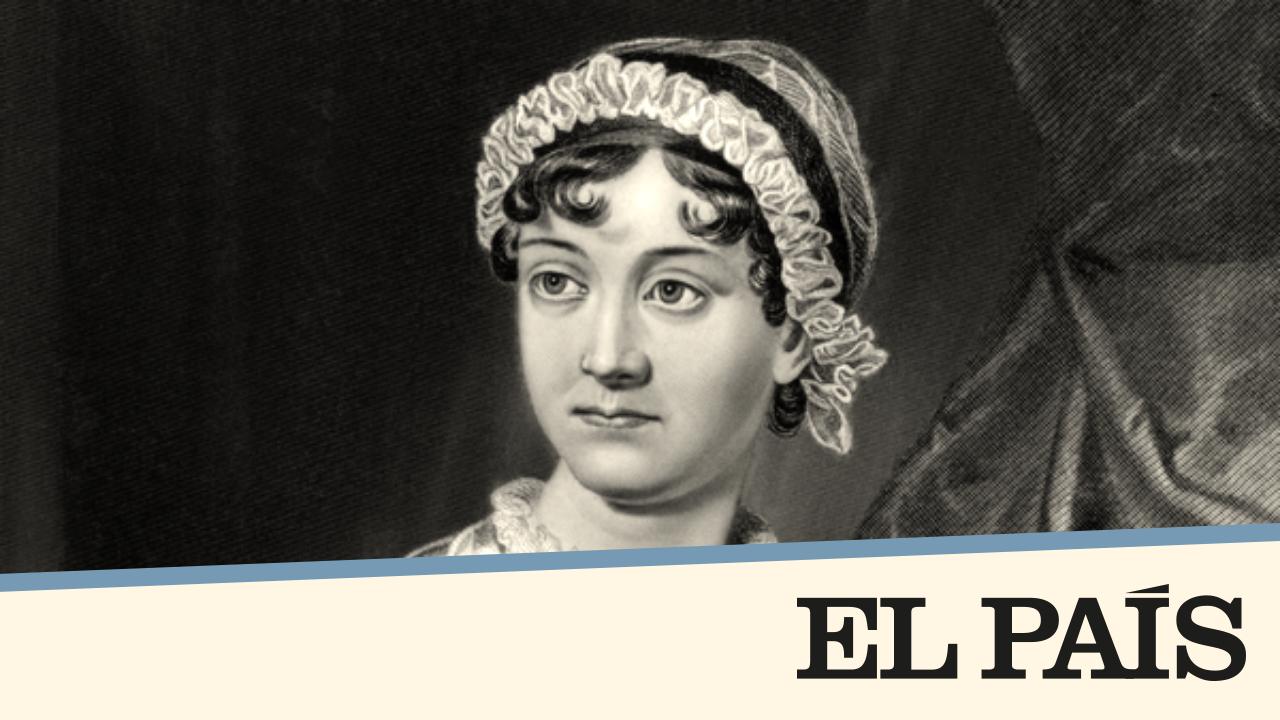
Jane Austen’s Chawton: A Crossroads of Society and Literary Inspiration
By Álex Vicente (El País)
Jane Austen’s legacy transcends her era and birthplace, resonating with readers worldwide centuries after her death. Yet, the genesis of her enduring stories lies in a seemingly unremarkable location: a crossroads in the quaint English village of Chawton. It was here, in a house nestled along the old road connecting London to Southampton, that her unique perspective took root. This unassuming dwelling, strategically positioned on the periphery of a bustling thoroughfare, served as Austen’s social observatory, providing her with an intimate view of the diverse tapestry of English society.
The constant stream of carriages passing through Chawton brought a vibrant cross-section of society directly to Austen’s doorstep. This vantage point allowed her to witness the interactions and dynamics between different social classes, observing the nuances of their lives and relationships. The village itself was a microcosm of England, where farmers and laborers lived alongside the gentry, the landed aristocracy without noble titles to which the Austen family belonged.
This unique social landscape, with its blend of economic strata and social interactions, provided Austen with the raw material for her novels. She meticulously observed the customs, manners, and prejudices that defined each class, using these observations to craft her memorable characters and storylines.
It was within the walls of this modest brick house, situated on a bend in the road, that Austen penned or revised the six novels that secured her global fame: Sense and Sensibility, Pride and Prejudice, Mansfield Park, Emma, Northanger Abbey, and Persuasion. This unassuming residence was more than just a home; it was a sanctuary where Austen nurtured her literary talent, transforming her observations of everyday life into timeless works of art.
The house, now the Jane Austen’s House Museum, is a testament to her quiet life and profound artistic vision. It provides a tangible connection to the author, offering a glimpse into the world that shaped her writing. Walking through the rooms, one can almost imagine Austen at her writing desk, crafting her witty dialogue and intricate plots.
The significance of Chawton to Austen’s work cannot be overstated. It was here that she developed her keen eye for social satire and her ability to create complex, relatable characters. Her novels are not merely romantic comedies; they are insightful commentaries on the social mores and power dynamics of 19th-century England. They explore themes of love, marriage, family, class, and personal growth, all within the context of a rigidly structured society.
Austen’s novels are characterized by their sharp wit, subtle irony, and keen observations of human behavior. Her characters are flawed and complex, often grappling with societal expectations and personal desires. She exposes the hypocrisy and absurdity of social conventions, while also celebrating the virtues of kindness, integrity, and self-awareness.
Pride and Prejudice, perhaps her most beloved novel, exemplifies Austen’s masterful storytelling. The story revolves around the spirited Elizabeth Bennet and the proud Mr. Darcy, whose initial prejudices prevent them from recognizing their mutual attraction. Through their evolving relationship, Austen explores themes of social class, reputation, and the importance of genuine connection.
Sense and Sensibility contrasts the different approaches to love and life taken by sisters Elinor and Marianne Dashwood. Elinor embodies reason and restraint, while Marianne is passionate and impulsive. Their experiences highlight the challenges faced by women in a patriarchal society and the importance of finding a balance between emotion and intellect.
Emma centers on the well-meaning but misguided Emma Woodhouse, who delights in matchmaking despite her own romantic naiveté. Through Emma’s mistakes and eventual self-discovery, Austen critiques the dangers of social snobbery and the importance of humility.
Mansfield Park tells the story of Fanny Price, a poor relation who is raised in the wealthy Bertram family. Fanny’s moral compass and quiet strength set her apart from her superficial and self-absorbed cousins. Austen explores themes of social responsibility, moral integrity, and the corrupting influence of wealth.
Northanger Abbey is a delightful parody of Gothic novels, following the naive Catherine Morland as she navigates the social complexities of Bath. Through Catherine’s misadventures, Austen satirizes the genre’s conventions and celebrates the power of common sense.
Persuasion, Austen’s final completed novel, tells the story of Anne Elliot, who regrets having been persuaded to break off her engagement to Captain Wentworth years earlier. The novel explores themes of second chances, societal pressures, and the enduring power of love.
The legacy of Jane Austen extends far beyond her individual novels. She is considered one of the greatest writers in the English language, and her works continue to be read and adapted for film and television. Her enduring popularity is a testament to her timeless themes, relatable characters, and masterful storytelling.
Visiting Chawton and Jane Austen’s House Museum offers a unique opportunity to connect with the author and her world. It is a chance to walk in her footsteps, to imagine her observing the social landscape that inspired her writing, and to appreciate the profound impact she has had on literature and culture. The unassuming village of Chawton, with its bustling crossroads and diverse inhabitants, served as the perfect incubator for Austen’s literary genius, transforming her observations of everyday life into timeless works of art. The journey to understanding Jane Austen’s masterpieces often begins at that very crossroads, where the world of Chawton met the brilliant mind that would immortalize it.
